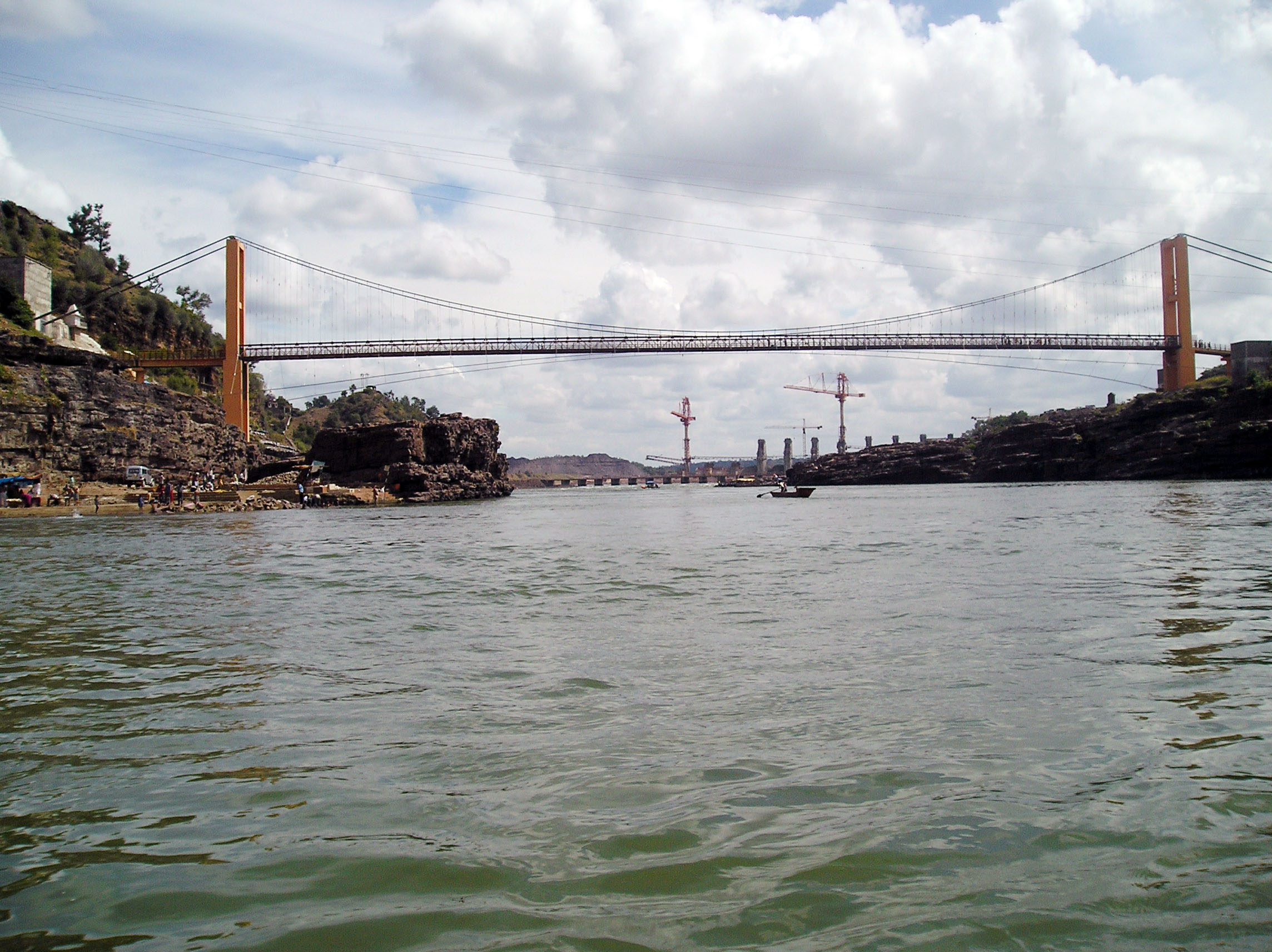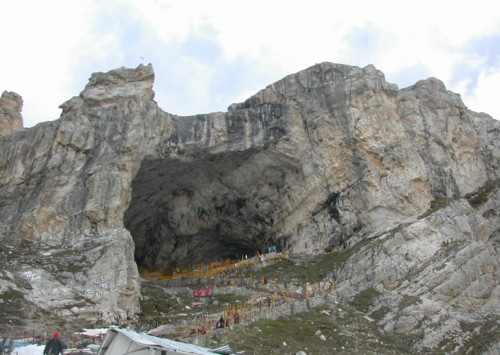River Narmada – a spell work by the nature

Narmada is also known as ‘Life Line of Madhya Pradesh’ as it flows majorly through the state and has made significant contributions to it in many ways
Emerging from central India in the Amarkantak Plateau, River Narmada is considered the holiest among all other sacred rivers in India. It holds a rich, diverse religious significance and geology and the locals have a book full of stories associated with its formations and existence.
The history of any country begins with its geography. No matter whether you transverse through its rivers, mountains or cities, every place has a religious value attached to it, immersing itself in old records and manuscripts. And since the Indian history is so diverse, let us start with knowing a bit about the most sacred river in the country – River Narmada.
India is a land of seven rivers, and each one of them has their own religious significance and beliefs. Also known as the Rewa or Purvaganga, Narmada River is considered the holiest of them all. It originates from central India in the Amarkantak Plateau in Bilaspur district of the Indian state of Chhattisgarh and is the fifth longest river in the Indian subcontinent and the third longest river that flows entirely within India, after Rivers Godavari and the Krishna.
What is interesting is that Narmada is also known as ‘Life Line of Madhya Pradesh’ as it flows majorly through the state and has made significant contributions to it in many ways.
The people in Omkareshwar in Khandwa district of Madhya Pradesh, are very deeply associated with the river and consider it auspicious. Two temples – Omkareshwar and Mamleshwar, on either sides of the banks of Narmada River in this area stand as major tourist attractions and the priests passionately narrate tales about the formation and importance of Narmada and its holy water.
“The river in this region flows in the shape of ‘ॐ’ (spelled and pronounced ‘Om’), which is a sacred sound and a spiritual icon in Indian religions and is also a mantra in Hinduism, Buddhism, Jainism, and Sikhism,” he informs.
The symbol has a deep meaning in all Hindu dharmas and thus the flowing of river in its shape is considered a sign by the almighty of the river being the purest and holiest of all by the locals.
Of beliefs and traditions
It is said that viewing the river alone rids a person of all his bad karmas. Interestingly, according to the locals, when River Ganga, a trans-boundary river which flows through both India and Bangladesh, feels polluted, she comes in the form of a black cow to have a purifying bath in the Narmada!
Explaining how the river was formed, the people tell that when Indian Lord Shiva, the lord of destruction, sat meditating, his intense concentration made him break into a sweat. As it rolled down, it got collected in a tank, which eventually overflowed as the Narmada.
However, the others have a different tale to tell. According to the priests, Narmada was a result of two tears that came out of the eyes of lord Brahma, the god of creation. Not only these, but the people will tell you various other distinct stories of how the river was formed.
“If a snake bites you, think about the holy water of Narmada and you will be safe,” a person was heard informing his son.
To add to the unending interesting history of the river, the locals also show that how every pebble on the riverbed has eventually converted into the shape of a Shivling (an iconic representation of the Hindu deity, Shiva, used for worship in temples).
Quick facts
The locals in Madhya Pradesh tell that no one till date has been able to reach the Narmada River bed, nor is the actual depth of the river known to anyone yet, as it is too deep.
Narmada is considered the mother and giver of peace.
The river basin is home to India’s best teak and hardwood forests.
Large irrigation projects have been completed on Narmada River, which supply water to hundreds of farmers all over central India.
Dams and hydroelectric powerhouses have been built to fully utilise the flow of this river.
Asia’s largest dam, Indira Sagar Dam, is on the Narmada River.












